Research
Time
Thursday 23 February
5:00pm
Location
Boardroom
Speaker
Isabelle Kingsley
PhD Candidate
School of Biological, Earth and Environmental Sciences, UNSW
Program Producer
Museum of Applied Arts and Sciences, Sydney NSW
Co-authors
Carol Oliver
University of New South Wales
Martin Van Kranendonk
University of New South Wales
Isabelle Kingsley1,2, Carol Oliver1
1 University of New South Wales, Sydney NSW
2 Museum of Applied Arts and Sciences, Sydney NSW
Abstract
Increasingly, the Australian Government’s focus is on supporting STEM education and community engagement to ensure Australians are scientifically literate and informed citizens[1]. Nation-wide, engagement activities such as science-related public talks, discussion panels, science shows, interactive events and festivals contribute to achieving this objective. Yet, despite large investment by Government and stakeholders in science communication activities and initiatives, there have been few attempts to formally measure the success of these against clear indicators of success[2].
The focus of this research is to measure the effectiveness of science communication activities in achieving their objectives—that is, changing or influencing participants’ understanding, attitudes and perceptions of science.
We report on a pilot study of four science communication activities held at held at The Museum of Applied Arts and Sciences in Sydney. Pre and post questionnaires containing validated Likert-scale items were used to measure participants’ trust in science and scientists, their understanding of scientific practice, and their opinions on its relevance and value to society. A total of 46 pre and post surveys were matched. The results show that after the event, participants demonstrated more positive attitudes and an increase in trust, but a decrease in understanding of scientific practice.
The results of this pilot study suggest that the way we are communicating science is misleading publics to perceive science as objective and absolute instead of the subjective and tentative endeavour that it actually is. We argue that we need to change the way we communicate science—by focussing more on revealing how science is practiced and being more open about its tentative and evolving nature—in order to increase publics’ understanding of scientific practice. We also argue that increasing publics’ understanding of scientific practice is key to understanding science itself and to increasing trust in science and scientists.
The results of this pilot study will inform further research into the effectiveness of science communication at achieving objectives, as well as identifying the types of activities and formats that are most effective at achieving these objectives.
References:
[1] COMMONWEALTH OF AUSTRALIA. 2016. National Innovation and Science Agenda. Inspiring all Australians in Digital Literacy, Science, Technology, Engineering and Mathematics [Online]. Available: http://www.innovation.gov.au/page/inspiring-nation-scientists [Accessed 17 May 2016].
[2] COMMONWEALTH OF AUSTRALIA 2010. Inspiring Australia A National Strategy for Engagement with the Sciences: A report to the Minister for Innovation, Industry, Science and Research. Canberra, Australia: Commonwealth of Australia.







Leave a Reply